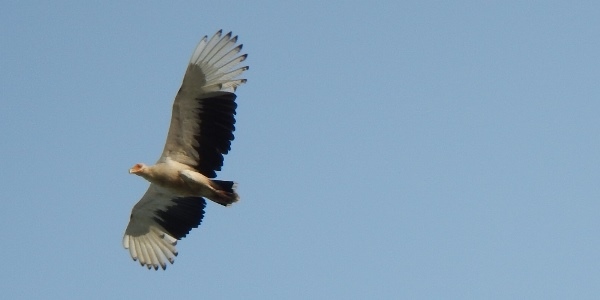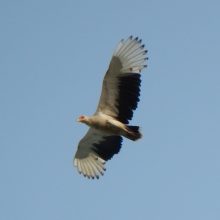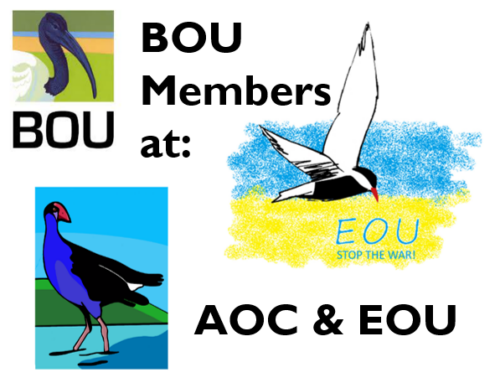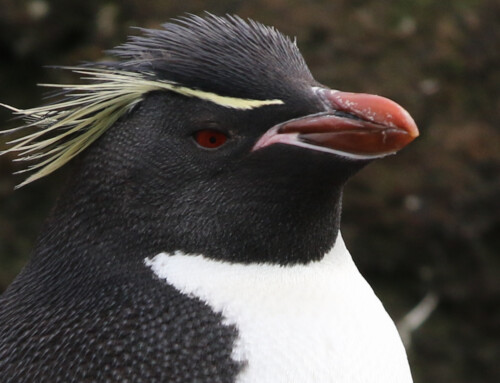Getting to know an unusual vulture better
LINKED PAPER
Ecology and behaviour of Palm-nut Vultures (Gypohierax angolensis) in the Bijagós Archipelago, Guinea-Bissau. Carneiro, C., Henriques, M., Barbosa, C., Tchantchalam, Q., Regalla, A., Patrício, A.R. & Catry, P. 2017. Ostrich. DOI: 10.2989/00306525.2017.1291540. VIEW
Do Palm-nut Vultures eat palm nuts? But aren’t vultures supposed to feed on carrion? Hang on, we will get to that.
Eleven vulture species occur in Africa, but unfortunately only two are not threatened (IUCN 2016), one of which is the Palm-nut Vulture, Gypohierax angolensis. Could it be that the Palm-nut Vulture’s favourable conservation status relates to the species’ peculiar habits? We don’t know. But we also lack basic knowledge of their habits! To help fill this gap we decided to collect fundamental data on the lives of these birds in the João Vieira and Poilão Marine National Park, located in the Bijagós Archipelago, Guinea-Bissau (Fig. 1). The park has four islands, occupying only 17 km2 in a total area of 495 km2. The water is rich in fishes, to the benefit of Terns, and during the rainy season Green Turtles, Chelonia mydas, arrive in Poilão to nest (Catry et al. 2009).

From previous visits, we suspected that the Park had a considerable density of Palm-nut Vultures. Wait, a high density of vultures in a Marine Park? Yes. We decided to count them and we estimated a density of 21 to 30 vultures per km2 of land, which is higher than on the other islands of the Archipelago and elsewhere in the country (Mendes et al. 1998, Henriques et al. 2017). We counted on the dry (mid-November to mid-May) and rainy (mid-May to mid-November) seasons and found that the relative proportion per island varied, suggesting seasonal movements. This was not a surprise, because the large numbers of Green Turtles laying in Poilão during the rainy season are attractive to Palm-nut Vultures, which might move to forage on the eggs and hatchlings (Fig. 2).

So, if a Marine Park rich in fish and sea turtles has so many Palm-nut Vultures, then maybe they do not rely on palm nuts? We investigated further and started recording Palm-nut Vulture behaviour. As soon as the intertidal area became available, vultures arrived from the forest and landed there. The number of individuals increased with retreading tide and the inverse happenned when the tide rose. However, it was not clear what they did in this area. They rarely walked and only on a few occasions were they observed eating stranded fish. Nevertheless, we also noticed individuals leaving the forest which did not land, but instead flew over the beach, intertidal area and sea and attempted to catch fish.
But if Oil Palms, Elaeis guineensis, are abundant in the Park and ripe fruits available throughout the year, shouldn’t Palm-nut Vultures be foraging on them instead? Or do they prefer fish over palm nuts? We performed five cafeteria trials to assess Palm-nut Vulture feeding preferences. On the intertidal area we displayed one pile of fish and one pile of ripe palm nuts and recorded the choices made by the vultures when they visited the setup. The results were incredible! On all choices made (22 in 43 visits) the birds chose the fish! So they do prefer fish, but we knew they eat other prey. For instance, we had seen them flying with crabs on their claws and taking Green Turtle eggs and hatchlings in Poilão.

What is the relative proportion of each prey in Palm-nut Vulture diet? We tackled this question on two fronts: by calculating the frequency of occurrence of each prey in remains found under nests and by analysing the relative proportion of palm nuts, fish, crabs and Green Turtles assimilated, through stable isotope analysis. Crabs and palm nut pellets were the most frequent food items in remains (with a frequency of occurrence of 69% and 34%, respectively). But these figures can be misleading, because remains under nests are possibly from food delivered to nestlings, which may be presented with a different diet to that which adults consume (Thiollay 1978), and some hard parts (e.g. crab exoskeleton) are more likely to be found. On the other hand, through stable isotope analysis, the proportion of each prey assimilated can be estimated. So, after collecting tissues from the main potential prey groups and the Palm-nut Vultures (feathers, found on the ground) and measuring the values of δ13C and δ15N, we ran two models: one for Poilão and another for the rest of the islands, because the diet was expected to be different for birds moving to Poilão to forage on Green Turtles. Interestingly, palm nuts represented over 45% of the diet of Palm-nut Vultures in the Park, despite their preference for fish (as we saw on our experiments). We also found that the proportion of Green Turtle hatchlings or eggs was higher for birds foraging on Poilão and that crabs were the second most important prey on this island (Fig.fi 3b), while on the others fish took that place, which might be related to different habitat availability between islands (Fig. 3a).
In our paper we also present Pam-nut Vulture breeding ecology and moulting data and you are invited to read the paper to find out more.
References
Catry, P., Barbosa, C., Paris, B., Indjai, B., Almeida, A., Limoges, B., Silva, C. & Pereira, H. 2009. Status, Ecology, and Conservation of Sea Turtles in Guinea-Bissau. Chelodian Conservation and Biology 8: 150–160. VIEW
Henriques, M., Lecoq, M., Monteiro, H., Regalla, A., Granadeiro, J.P. & Catry, P. 2017. Status of birds of prey in Guinea-Bissau: first assessment based on road surveys. Ostrich in press. DOI: 10.2989/00306525.2017.1312584. VIEW
IUCN (International Union for Conservation of Nature and Natural Resources) 2016. IUCN Red List of Threatened Species. Version 2016.2. Available at https://www.iucnredlist.org [accessed 24 September 2016]. VIEW
Mendes, L., Manuela, N. & Rocha, P.A. 1998. Recenseamento da Águia-pesqueira-africana Haliaeetus vocifer, Abutre-das-palmeiras Gypohierax angolensis e Águia-pesqueira-europeia Pandion haliaeetus no Parque Nacional de Orango República da Guiné-Bissau. Internal report for IUCN, Lisboa.
Thiollay, J.-M. 1978. Les rapaces d’une zone de contact savane-forêt en Côted’Ivoire: Spécialisations alimentaires. Alauda 46: 147–170.
Image credit
Featured image: Palm-nut Vulture, Gypohierax angolensis © Camilo Carneiro
If you want to write about your research in #theBOUblog, then please see here.





